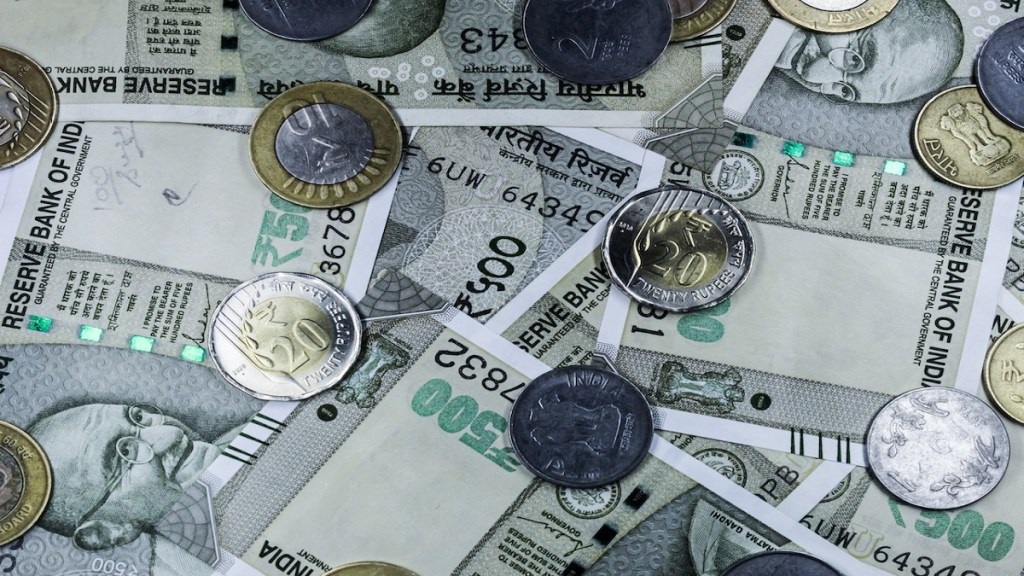– By HDFC Asset Management Company Limited (HDFC AMC)
Post-Q2FY2024 results, the listed corporate space’s ‘PAT/GDP’ (Profit After Tax / Gross Domestic Product) ratio rose to 4.7 per cent on a trailing 12-month basis, and is on course to exceed 5 per cent by FY2025. This rise in corporate profitability has come on the back of certain structural growth drivers and a broad-based improvement in profitability across various sectors in the recent past. Higher corporate profitability and well capitalized Corporate and Bank balance sheets bode well for the private capex outlook, which could further improve the growth rate in the economy!
Some of the key driver’s of India’s corporate profitability are Improvements in Infrastructure, rising skill levels of human resources at competitive costs, lower corporate tax rates and a large domestic market are making India a preferred destination for domestic manufacturing. Listed corporations are able to utilize these opportunities, which is leading to a higher profitability. With India seeing higher adoption of the Internet by smartphone users, the Government is making a concerted effort to widen the access of financial services by building a digital infrastructure through a robust public private partnership. This is helping in improving productivity of companies, and thus, profitability.
Implementation of Goods and Services Tax (GST) is increasing transparency as the ecosystem disincentives entities that are outside the tax net. Unified Payments Interface (UPI) is improving challenges like lack of verifiable identification, low levels of financial literacy and inclusion, and the absence of historical financial data. All these Government initiatives are leading to a higher formalization of the Indian Economy.
The health of the banking sector in India has seen a recovery in the quality of its assets, with a multi-year low non-performing loans and adequate level of capital and liquidity buffers. The gross non-performing assets (GNPA) ratio and net non-performing assets (NNPA) ratio have sharply fallen from a high of 11.5 per cent and 6.1 per cent in March 2018 to 3.9 per cent and 1.0 per cent in March 2023 respectively. Improvement in asset quality has helped in improving profitability of banks. Healthier bank balance sheets are gradually increasing sustained and broad based credit flow to multiple sectors of the economy. The losses in sectors like Telecom, Industrials, Financial Services, PSU Banks, Private Banks, Metals & Metal Products were magnified during the onset of the pandemic. But with improving economic fundamentals, the losses have been cut significantly, which has contributed to the rise in corporate profitability.
India’s rise in corporate profitability has come at a time when the leverage ratio of large listed companies has been at 15-year lows. During such conditions, companies would have a higher confidence in taking on leverage for funding their private capital expenditures for potential expansion. Considering that business prospects are improving and there is sustained demand in the economy, adding leverage could lead to a higher profitability at similar rate of return on capital employed
As per Morgan Stanley, the upcycle in India’s corporate profitability is in progress, and this ratio could exceed 8 per cent within the next 5 years. Furthermore, with India’s Nominal GDP expected to grow at 7.9 per cent (CAGR) during the same period as per International Monetary Fund, India’s fundamentals look to be comfortably placed. As on October 31, 2023, NIFTY 50 was trading at ~17.7x FY2025E price to earnings multiple. While moderated from its peak, valuation multiples are at an elevated level vis-à-vis the historical averages. However, one should view these valuations in the context of structurally attractive nominal GDP growth, a robust economic recovery, a healthy corporate earnings outlook and robust de-levered corporate and banking balance sheets.
One should therefore consider participating in India’s growth story by starting a Systematic Investment Plan (SIP) via mutual funds.
(The article is authored by HDFC Asset Management Company Limited.)
(Disclaimer: Views expressed are personal and do not reflect the official position or policy of Financial Express Online. Reproducing this content without permission is prohibited.)

